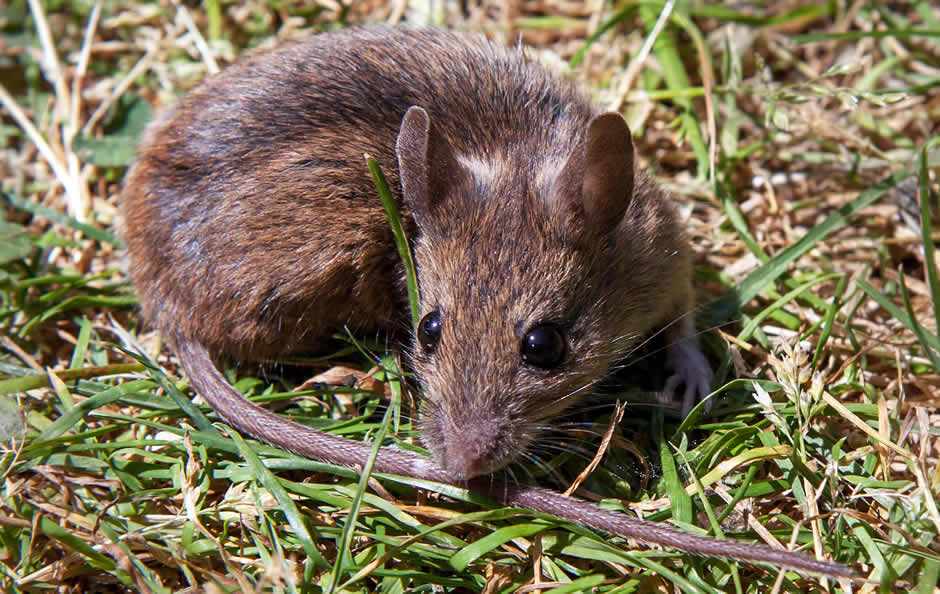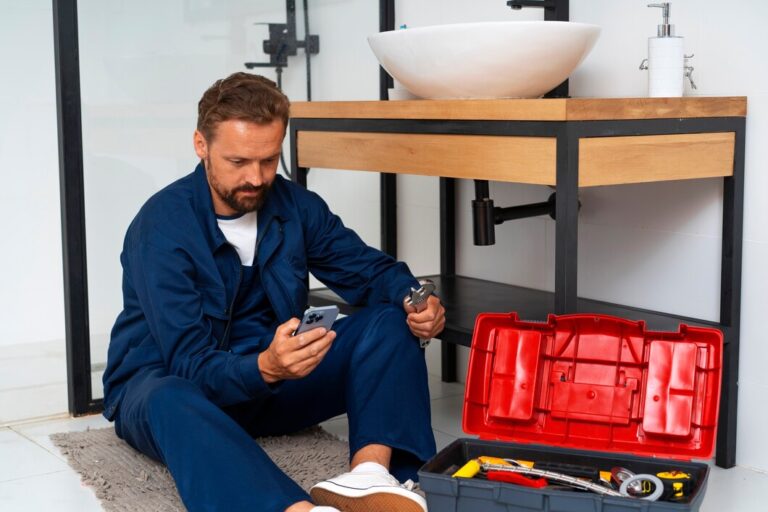The Role of Mice in Urban Ecosystems and Effective Control Methods
Introduction to Urban Mice
Urban areas are bustling hubs of activity, not only for humans but also for a surprising variety of wildlife, including mice. These small mammals have carved out a niche within cities, leveraging the abundance of food and shelter that human habitation inadvertently provides. Adapting to urban life, mice have become fixtures in many city landscapes. They breed prolifically, often seen as an inevitable aspect of urban living. These solutions balance the need for pest control with ecological preservation, underscoring the importance of understanding urban mice dynamics.
The Ecological Role of Mice in Cities
While often regarded as a nuisance, mice perform essential functions in urban ecosystems. Their activities aid in seed dispersal, helping various plants to thrive within the concrete jungle. Mice contribute to nutrient cycling through their foraging habits, enhancing soil quality and promoting plant growth. Communities are turning to safe mice removal solutions to manage these populations better and maintain a harmonious ecosystem. In this way, mice indirectly support the urban food web, providing resources for predators and contributing to biodiversity. These interactions position mice as unlikely but crucial players in sustaining urban ecological balance, a consideration that should be considered in urban planning and wildlife management efforts.
Common Challenges Posed by Mice
Despite their ecological benefits, uncontrolled mice populations can lead to significant issues. Mice can be vectors for diseases such as hantavirus and leptospirosis, posing health risks to humans. Moreover, their constant gnawing behavior, an instinctual need to control their ever-growing teeth, can lead to structural damage, impacting homes and infrastructure. Electrical wires, insulation, and stored goods are frequently damaged, resulting in costly repairs and potential safety hazards. These challenges are exacerbated in densely populated urban areas, necessitating proactive management strategies to mitigate risks associated with mouse infestations.
Effective Mice Control Strategies
Managing mice populations effectively requires a multifaceted approach tailored to specific urban settings. Integrated Pest Management (IPM) strategies are widely advocated, combining biological, mechanical, and chemical methods to achieve long-term control. Utilizing physical barriers, such as steel wool or metal flashing, helps prevent entry into buildings. Meanwhile, bait stations, when used responsibly, can curtail population growth. Recent advancements have also introduced organic repellents, aligning with increasing demands for environmentally friendly solutions. As informed by recent findings, these methods reflect a growing preference for sustainable pest control.
Humane Methods for Mouse Removal
The pest control industry is pivoting toward humane removal methods in response to ethical concerns. Catch-and-release traps have gained popularity, allowing for the capture of live mice without harm. Once captured, mice can be relocated to areas with less risk to human health and property. These approaches require careful oversight to ensure mice do not suffer during capture or transport. This shift toward humane management options is part of broader efforts to harmonize human-wildlife interactions, reflecting changing societal values prioritizing all living creatures’ welfare.
Preventing Mice Infestations
Preventative measures are a cornerstone of effective mice control, emphasizing the adage that prevention is better than cure. Homeowners are encouraged to conduct regular inspections to identify potential entry points and seal them promptly. Maintaining clean and clutter-free environments reduces food availability, discouraging mice from settling in. Proper storage of food in airtight containers and ensuring waste bins are securely closed can significantly deter mice from inhabiting urban spaces. These tactics can minimize the likelihood of infestations, contributing to healthier and cleaner urban living conditions.
The Importance of Professional Mouse Control
While DIY solutions can offer short-term relief, professional mouse control services provide comprehensive and lasting solutions. Armed with expertise and specialized tools, professionals can accurately assess infestation levels and implement tailored strategies. This expertise minimizes the potential for ineffective treatments and ensures humane wildlife handling. Engaging with professional services reduces the risk of recurrence and aligns with broader public health goals. By collaborating with professionals, individuals can navigate the complexities of urban wildlife management more effectively, ensuring safety and sustainability.
The Future of Urban Wildlife Management
As urbanization continues to expand, the integration of wildlife into city planning becomes increasingly critical. Future-focused urban wildlife management involves creating policies and practices that ensure coexistence between humans and wildlife. Innovating management strategies that prioritize ecological harmony is pivotal. Organizations like the Urban Biodiversity Initiative are at the forefront of these efforts, driving research and education to foster sustainable urban environments. As cities evolve, so must the methods we use to manage and live alongside urban wildlife, moving toward a future where cities thrive in balance with nature.





